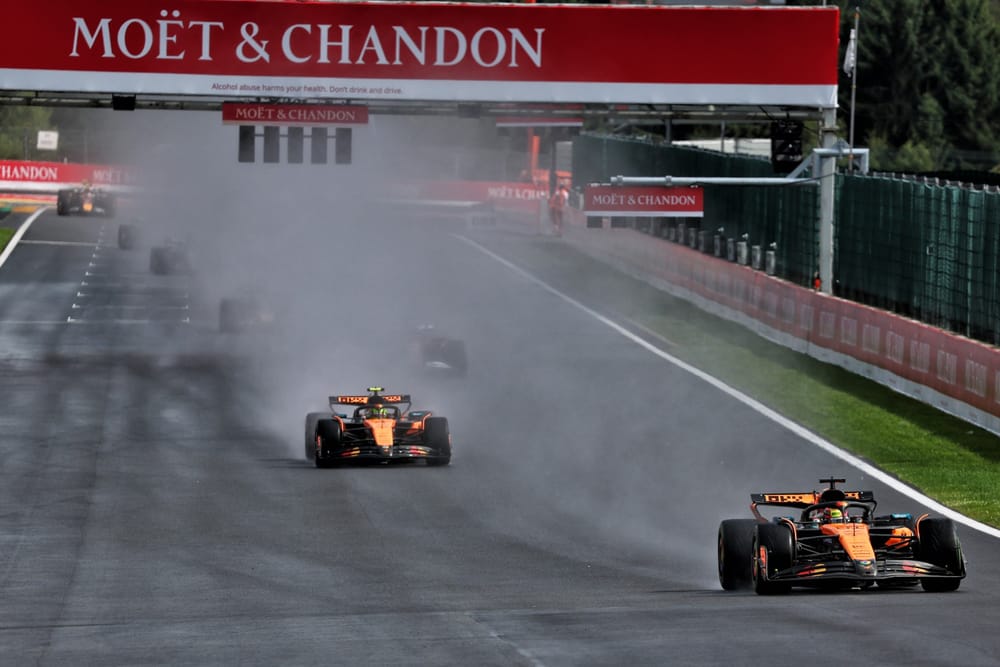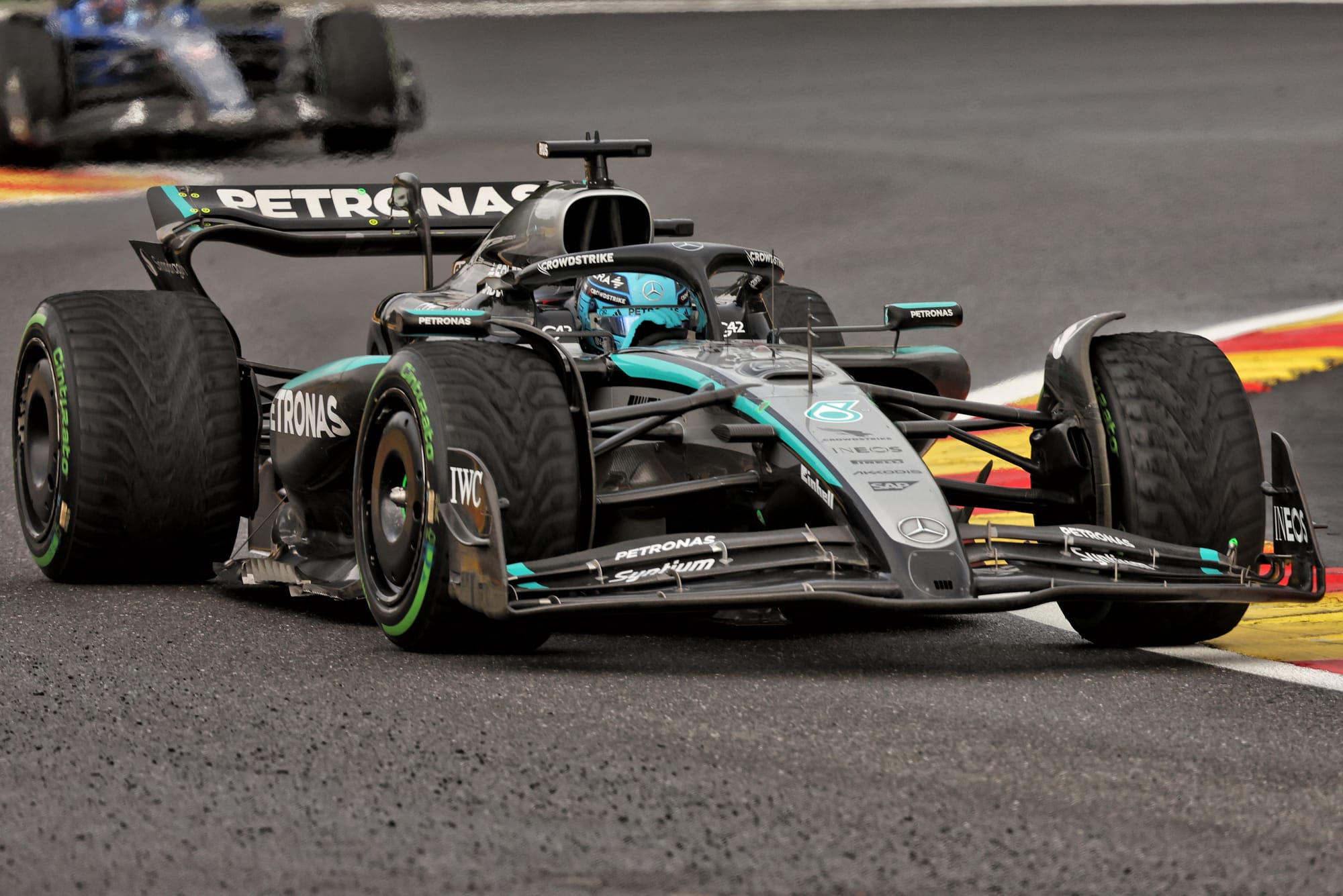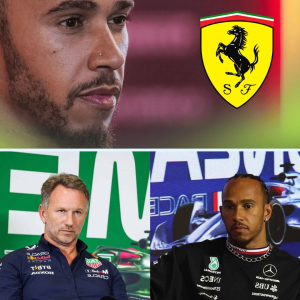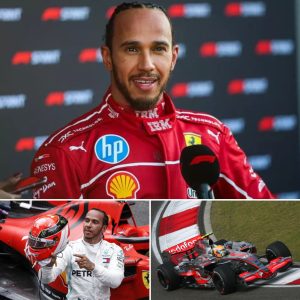Two Winners and a Weekend of Surprises: What We Learned from the 2025 Belgian Grand Prix
The 2025 Belgian Grand Prix at Spa-Francorchamps delivered more intrigue than the race results initially suggested.
With two different winners across the sprint and the main race, and a host of talking points ranging from breakthrough performances to technical challenges, the Spa weekend gave fans and teams plenty to digest.
Here’s a detailed look at what we learned from this iconic circuit in 2025.

Yuki Tsunoda’s Spoiled Breakthrough
Yuki Tsunoda’s weekend started with a notable midweek upgrade when Red Bull finally brought his car’s floor specification in line with that of Max Verstappen. This technical catch-up sparked a qualifying breakthrough, as Tsunoda locked in a career-best seventh on the grid for the race — just 0.38 seconds off Verstappen’s pole time. This was the closest any Red Bull teammate has come to Verstappen at Spa since Daniel Ricciardo back in 2018.
Unfortunately, despite the promising qualifying pace, Tsunoda’s race was compromised by a poorly timed pit stop. The team delayed his stop, forcing him to complete an extra lap on intermediates, which caused him to lose valuable positions and fall out of the points. Once stuck behind Pierre Gasly’s Alpine — a car optimized for low downforce and thus difficult to overtake — Tsunoda struggled to make further progress. It highlighted ongoing challenges in his race pace and tire management, as well as racecraft issues, particularly in the closing stages where he was passed by slower cars like Ollie Baumann and Nico Hülkenberg.
While Tsunoda’s qualifying pace is an encouraging sign, the weekend underscored that his overall racecraft and strategic execution still require refinement.
Oscar Piastri’s Killer Instinct Shines
One of the standout moments of the weekend was Oscar Piastri’s aggressive start in the Grand Prix. Until now, Piastri’s 2025 title challenge had been defined by consistency, strong qualifying performances, and calm racecraft. But at Spa, he showed a more ruthless side reminiscent of his standout 2024 performances — notably his bold first-lap passes on teammates Lando Norris at Monza and Charlotte at Baku.
Piastri capitalized on small mistakes by Norris at the start, powering up the iconic Eau Rouge and Raidillon corners while Norris appeared more tentative. This decisive move gave Piastri crucial momentum and track position, which he never relinquished, ultimately setting the tone for his win. This display of killer instinct marks a new phase in Piastri’s championship fight, demonstrating he can seize opportunities and assert dominance when it matters most.
Mercedes’ Development Misstep
Mercedes’ fortunes at Spa were starkly different from earlier in the season when they looked capable of challenging Red Bull and McLaren. This time, George Russell’s fifth-place finish was a solitary highlight, while teammate Kimmy Antonelli endured a brutal weekend.
The root cause appears to be a developmental error stemming from how Mercedes adapted to the mid-season clampdown on flexi-wing technology introduced in Spain. Rather than finding a performance gain, the team’s direction seemingly compromised the W16’s handling, particularly increasing rear instability at corner entry. This made the car more difficult to drive and prone to mistakes, as reflected in Antonelli’s ongoing struggles.
Russell believes this misstep since the flexi-wing clampdown has set the team back, and Brackley has scheduled urgent internal meetings to diagnose the issue. Mercedes faces a critical challenge in reversing this trend and giving both drivers a more manageable and competitive package.

The Spa Circuit’s Compatibility Problem with Modern F1
Spa-Francorchamps has long been one of F1’s most beloved and challenging circuits, especially in wet conditions. However, the 2025 weekend painfully highlighted that the track’s current characteristics don’t suit the modern Formula 1 cars well.
While qualifying remained spectacular, the sprint race was one of the dullest since the sprint format’s introduction, featuring minimal overtaking and processional racing. Sunday’s main race suffered from severe visibility problems due to the intense spray created by today’s cars, making wet racing feel like “driving through fog,” as described by Lewis Hamilton.
Spa is already being shifted on the calendar to avoid the worst weather, but if rain-affected weekends continue to delay or jeopardize races, the circuit risks losing its place on the calendar altogether. Even in dry conditions, the track currently produces little overtaking and is dominated by DRS trains — a shadow of the thrilling battles of the past. Fans and teams alike are hoping that the 2026 generation of cars, with their new aerodynamic regulations, will be better suited to Spa’s unique demands.
Ferrari’s Upgrade: Progress but Not Enough
Ferrari debuted a major rear suspension upgrade aimed at allowing the SF25 to run lower and unlock its true potential. Combined with a significant floor upgrade introduced recently, the changes helped Charles Leclerc qualify ahead of Verstappen and secure a podium finish in the race.
Leclerc credited the upgrade for giving him an edge in qualifying and in the tricky opening stint of the race, where his low-drag Ferrari setup was advantageous as the track dried. However, despite these gains, Ferrari remains far from regular race-winning form. Leclerc finished 22 seconds behind the winning McLaren, a gap that signals Ferrari still has substantial ground to cover.
Leclerc himself downplayed the upgrade, saying it delivered expected benefits but “is still not enough” for Ferrari to challenge consistently at the front.

The Rising Value of Sprint Races for Midfield Teams
The sprint format is proving increasingly important for midfield teams seeking to capitalize on opportunities. At Spa, the absence or underperformance of some front-running teams allowed midfield squads like Haas and Williams to shine. Haas scored their first sprint points of the season, and Williams achieved their best haul in over two months.
Because the sprint race is shorter, there’s less time for the established order to reassert itself, meaning midfield teams can hold onto higher positions and score valuable points. For example, Haas scored 17% of its 2025 points from the Spa sprint alone, while Aston Martin and Racing Point also benefited.
As the championship progresses, with sprints still scheduled in Austin, Brazil, and Qatar, these short races could have an outsized influence on the midfield battle — a dynamic worth watching closely.
Red Bull Under New Leadership: Calm and Controlled
The Belgian weekend was also the first under Red Bull’s new team principal, Lauren Mechier, who delivered a calm and drama-free debut. Mechier’s leadership style contrasts with the often fiery tenure of Christian Horner, focusing instead on steady management and measured communication.
While some internal friction reportedly lingered from Horner loyalists unhappy with the change, Mechier’s composed approach helped stabilize the team atmosphere. Red Bull turned around a midweek upgrade for Tsunoda effectively and managed to avoid public flare-ups over contentious race decisions.
Mechier did express polite but firm surprise that the race start was delayed due to weather — a decision that arguably hurt Red Bull’s setup — signaling that while his style is calm, he is not afraid to voice concerns when necessary.
Haas’ Wet Race Struggles Continue
Despite showing promising pace after upgrades at Silverstone, Haas’ wet-weather performance remains inconsistent. Team principal Okamatsu highlighted the need for improved strategic choices in rain-affected races.
At Spa, Haas’s strategy missteps prevented Esteban Ocon from scoring points, as a late pit call left him stuck in traffic and unable to recover. Meanwhile, teammate Ollie Baumann suffered an engine issue while running in points contention.
Haas’s split approach to downforce settings between their drivers was pragmatic but ultimately could not overcome the team’s wet-weather weaknesses — an area they will need to address as the season unfolds.
Kimmy Antonelli’s Confidence Crisis
Young driver Kimmy Antonelli’s struggles intensified at Spa, where he was slowest in sprint qualifying, finished 17th in the sprint race, and was eliminated in Q1 of the main qualifying session. He started Sunday’s race from the pit lane with a more downforce-heavy setup but faded as the track dried, finishing 16th without scoring points.
Antonelli admitted to losing confidence and feeling like he has regressed since the start of the European season. His aggressive driving style, while a potential asset, seems ill-suited to the current Mercedes package and results in forced driving that compounds his problems.
Mercedes faces a critical task to rebuild Antonelli’s confidence and help him extract performance from a difficult car.
Williams: Midfield Giant-Killers Once More
After a string of disappointing results, Williams bounced back with its best points haul in over two months. Carlos Sainz Jr. finished sixth in the sprint, and Alex Albon matched that in the Grand Prix, fending off strong midfield competition and finishing close to the Mercedes and Russell.
The team’s new sidepod and floor upgrades appeared effective, although they also made the car trickier to drive. Williams’ strong weekend widened their midfield championship lead, a promising sign that they remain the team to beat outside the top contenders.
Albon cautioned it’s too early to declare Williams back at the midfield summit permanently, but the performance boost will give the squad renewed confidence.
Conclusion
The 2025 Belgian Grand Prix was far more than a simple one-two finish in the main race. From breakthrough performances to strategic misfires and leadership changes, Spa-Francorchamps once again delivered a microcosm of Formula 1’s evolving challenges and storylines.
While the track’s compatibility with modern cars remains questionable, the weekend offered valuable lessons on driver development, team dynamics, and the growing importance of sprint races. With more upgrades and battles ahead, the 2025 season remains as unpredictable and exciting as ever.
Full Video:





